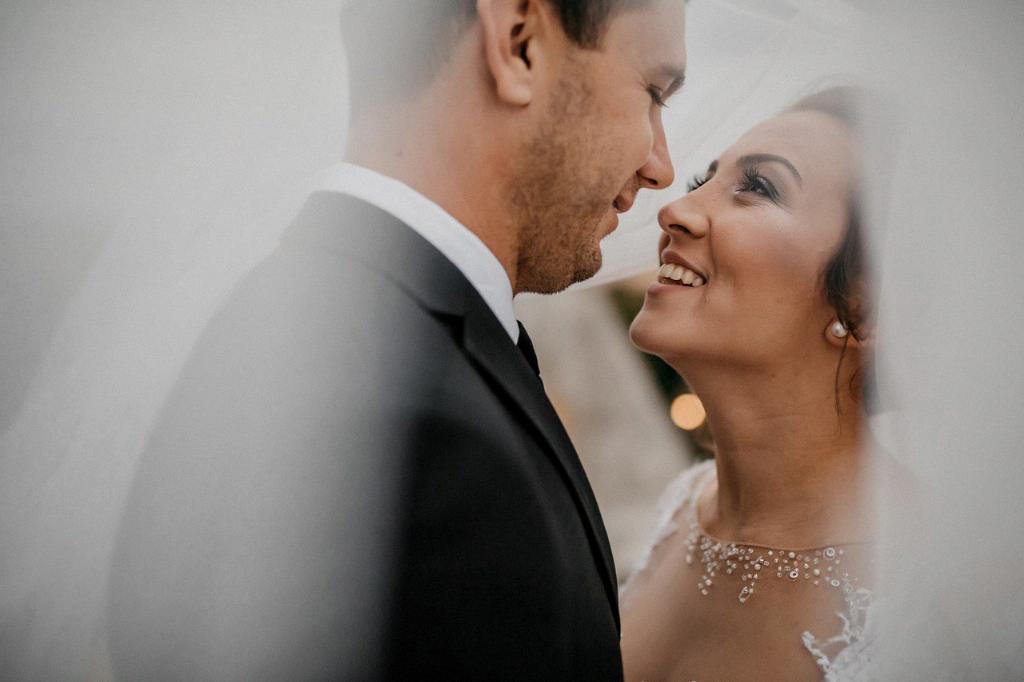One of the most significant symbols of love and commitment is the wedding band, a timeless piece of jewelry that represents the eternal bond shared between two individuals. When it comes to the placement of this precious ring, tradition and symbolism play a crucial role in determining the hand on which it is worn.
The Tradition Behind Wedding Bands
Throughout history, various cultures have assigned different meanings to the placement of wedding bands. In Western cultures, including the United States and most of Europe, it is customary to wear the wedding band on the fourth finger of the left hand. This tradition dates back to ancient Roman times when it was believed that a vein, known as the “vena amoris” or the “vein of love,” ran directly from the heart to this finger.
The Ring Exchange Ritual
During a typical wedding ceremony, there is an exchange of rings between the couple as a symbolic gesture of their commitment to each other. Just before the ceremony begins, the engagement ring is often moved from the left hand to the right hand. This allows the wedding ring to take its place on the left hand closest to the heart, signifying the union of two hearts in matrimony.
The Significance of the Left Hand
The choice of the left hand for the wedding band is deeply rooted in symbolism. The left hand is believed to be connected to the heart through the veins, making it the ideal placement for a symbol of enduring love and devotion. By wearing the wedding band on the left hand, couples honor the tradition of keeping love close to the heart.
The Placement of the Engagement Ring
After the wedding ceremony is complete, the engagement ring is placed on top of the new wedding band. This arrangement holds a special meaning as it symbolizes the journey from engagement to marriage, with the two rings now united and forming a harmonious pair.
Conclusion
In conclusion, the tradition of wearing a wedding band on the left hand dates back centuries and is steeped in symbolism and meaning. By following this time-honored custom, couples not only celebrate their love but also pay homage to the enduring traditions that have defined marriage for generations.

